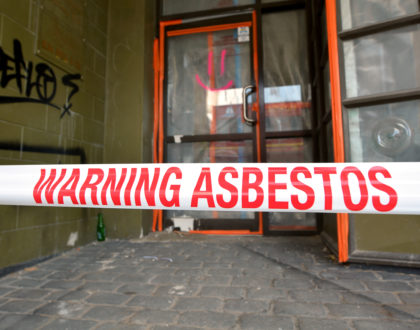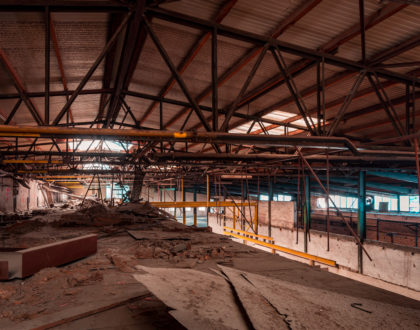Secondary Exposure Case Sets New Precedent

by CCUK Support
As employers who dealt with asbestos related injury claims would know, these cases also typically involve secondary exposure. Those affected by secondary exposure are people who, despite not working directly with asbestos, are in close enough proximity to the material when it has been disturbed. The disagreement that usually arises in these cases is around whether or not the exposure was significant enough to have caused the claimants’ condition.
A recent case, that of ‘Bannister v Freeman’ revolved around this exact issue. Mr Bannister worked in a four storey Victorian building as an account manager in the 1980’s, and was believed to have been exposed to asbestos dust when partitions that allegedly contained the harmful material were replaced. His family believe that this exposure lead to his death due to mesothelioma.
The precedent for this, and similar cases, was set in 2002 with the case of ‘Fairchild v Glenhaven Services Ltd’. In this case it was made clear that a causative link had to be proven in favour of the claimant in order to rule that this kind of negligent exposure was the cause of the deceased’s passing.
In the Bannister case, the judge ruled that the claimant had not been exposed to asbestos in this incident, as if these boards had contained asbestos a specialist would have been called for their removal and in this instance they were not. The judge did however consider what the level of exposure would have been if these boards did contain the material, they used the mid-point of the engineering experts on both sides to conclude that the potential exposure was minimal, both medical experts then agree that they would advise a patient with this level of exposure to not worry about a risk. This end result of this case was the judge dismissing the case.
A specialist in industrial diseases and asbestos related illnesses at law firm Browne Jacobson, Richard Johnson, believes that this case may be used as guidance for what is meant by the term “material increase in risk” which may in turn lead to more low-level asbestos exposure cases being defend by employers.
You can find out more in this article:
https://www.business-live.co.uk/partners/court-decision-gives-employers-defence-18384037
Recommended Posts

Asbestos at Christmas
December 20, 2021

British Housebuilder Tackling Asbestos Waste Challenges
September 6, 2021


